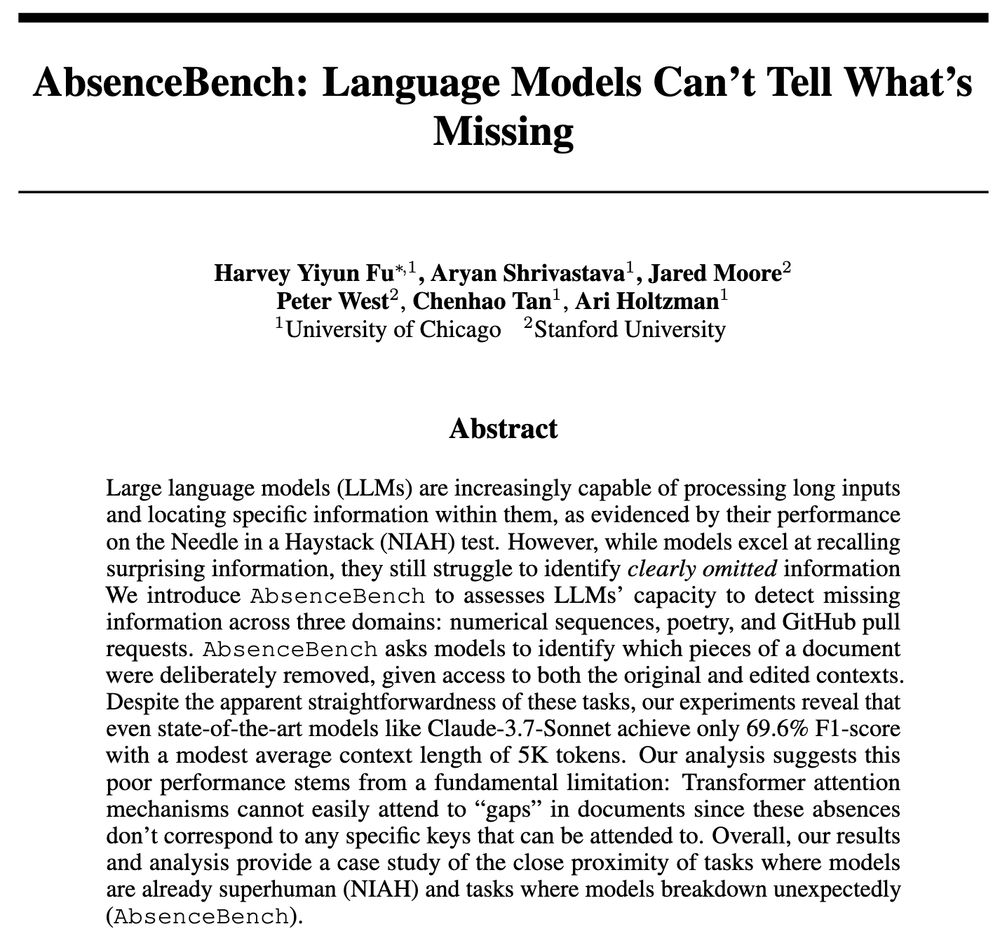Harvey Fu
@harveyfu.bsky.social
11 followers
6 following
14 posts
Posts
Media
Videos
Starter Packs
Harvey Fu
@harveyfu.bsky.social
· Jun 21
Harvey Fu
@harveyfu.bsky.social
· Jun 20
Harvey Fu
@harveyfu.bsky.social
· Jun 20
Harvey Fu
@harveyfu.bsky.social
· Jun 20
Harvey Fu
@harveyfu.bsky.social
· Jun 20






